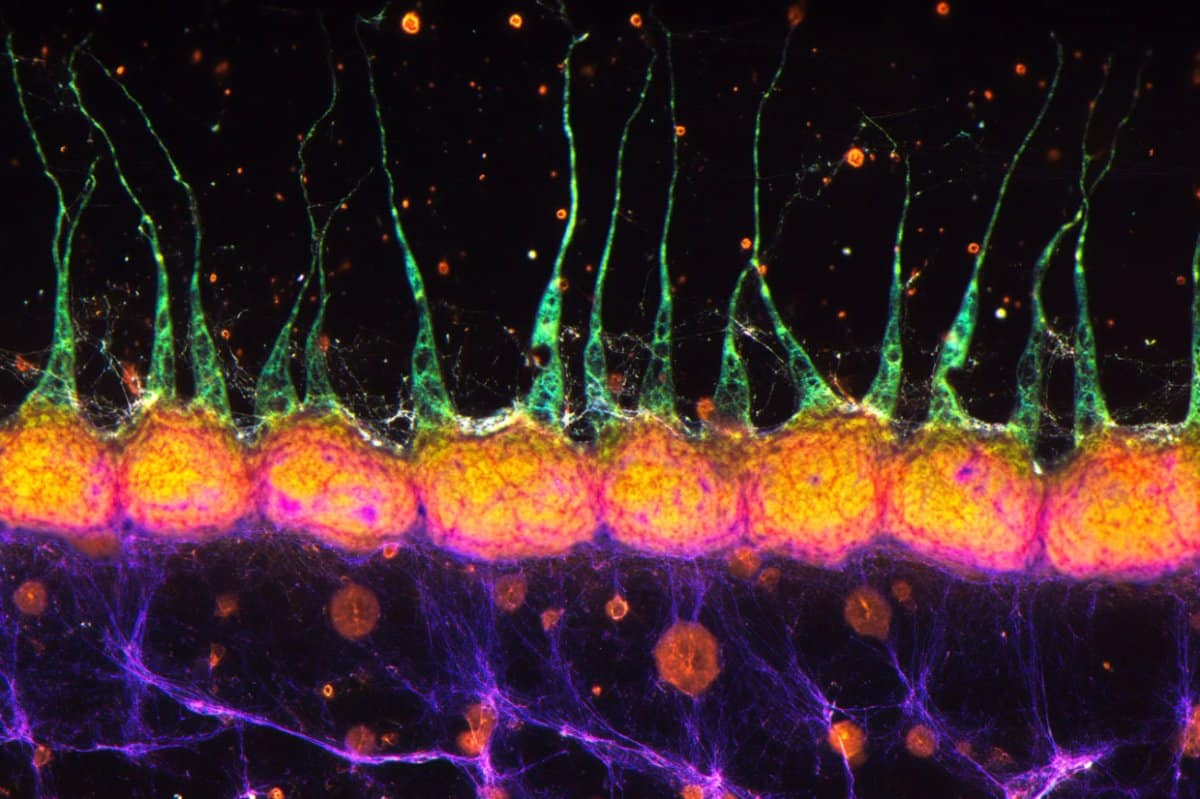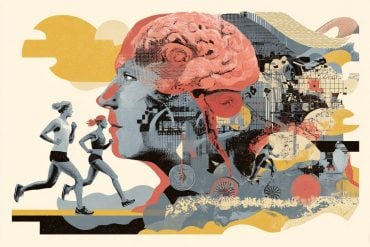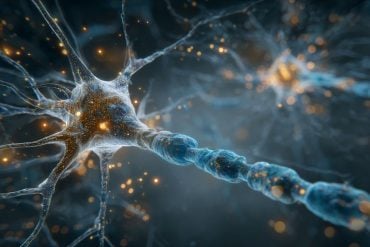Summary: A new study explores how the brain quickly learns and remembers important locations by focusing not on excitatory neurons, but on inhibitory ones called parvalbumin interneurons (PVs). These PVs act like circuit breakers, briefly reducing their activity to allow learning-related neurons to strengthen connections.
Using optogenetics and virtual reality mazes in mice, researchers found that learning was blocked when PV inhibition didn’t decrease at the right time. The findings challenge the idea that more brain activity always equals more learning and could reshape approaches to Alzheimer’s and memory enhancement.
Key Facts:
- Dynamic Inhibition: Parvalbumin interneurons reduce activity just before learning moments, allowing memory-related circuits to strengthen.
- Predictive Signal: The decrease in inhibition predicted a reward before it occurred, revealing how the brain primes itself for learning.
- Clinical Implications: Improper timing of inhibition may explain memory impairments in Alzheimer’s and learning disorders.
Source: Georgia Institute of Technology
Nuri Jeong remembers the feeling of surprise she felt during a trip back to South Korea, while visiting her grandmother, who’d been grappling with Alzheimer’s disease.
“I hadn’t seen her in six years, but she recognized me,” said Jeong, a former graduate researcher in the lab of Annabelle Singer in the Wallace H. Coulter Department of Biomedical Engineering at Georgia Tech and Emory University.

“I didn’t expect that. Even though my grandmother struggled to remember other family members that she saw all the time, she somehow remembered me,” Jeong added.
“It made me wonder how the brain distinguishes between familiar and new experiences.”
That experience inspired Jeong to embark on a deep-dive exploration of spatial learning and memory, which has resulted in a new study published this month in the journal Nature.
In their article, Jeong, Singer, and a team of Georgia Tech researchers explain how the brain rapidly learns and remembers important locations.
“The brain relies on spatial learning to navigate the world, whether it’s finding a shortcut through a new neighborhood or remembering where you parked your car,” said Jeong, the paper’s lead author.
Clearing the Way for Learning
Most research focuses on excitatory neurons in spatial learning. Jeong, Singer, and team went in a different direction, probing the crucial role of inhibition.
Specifically, the team looked at the role of inhibitory neurons called parvalbumin interneurons, or PVs, in the hippocampus — a small part of the brain that helps with learning, memory, and spatial navigation.
The researchers found that when PVs reduce their activity, it clears the way for excitatory neurons, which drive brain activity, to strengthen their bonds and reinforce learning.
“Think of PVs as a kind of circuit breaker that keeps our brain circuits from going haywire,” said Singer.
“This research shows that inhibition isn’t static but plays a much more dynamic role in how we learn and remember. It isn’t just about putting the brakes on to keep our brains in check. It’s about precisely timing the release of inhibition to let the brain rapidly encode important information.”
The researchers used optogenetics — a technique for controlling neurons with light — to manipulate interneurons in real time. They monitored thousands of neurons in the mouse brain.
As animals ran through a virtual reality maze and learned the location of a reward, PVs decreased activity before the award was even reached. Meanwhile, when the researchers prevented this decrease in inhibition, the animals failed to learn.
“We were surprised that PVs decreased their firing as animals approach a learned reward zone,” Singer said. “The decrease actually predicted the reward. This challenges the traditional idea that more neural activity always equates to learning.”
Selective Inhibition
The research has potential implications for Alzheimer’s research, according to Singer, because inhibition is impaired in the disease. She and her team want to understand why.
“When we think of Alzheimer’s, we often think about an overactive brain,” she said. “But it isn’t just a volume problem. It’s a timing and location problem. If inhibition isn’t decreasing in the right place in the right moments, the brain may struggle to form new memories. “
The study findings have potential applications for Alzheimer’s, learning disabilities, even techniques to enhance memory through non-invasive brain stimulation.
“By studying how the healthy brain learns, we’re uncovering fundamental principles that could have far-reaching implications,” said Singer, who plans to explore how PVs function in disease models, going forward. “If we can identify what goes wrong in these circuits, we might find ways to restore normal function and improve spatial learning.”
For Jeong, the research inspired by her grandmother remains personal. Before earning her Ph.D. in neuroscience from Emory in 2023, she got into an auto accident that set her back for a few months.
She had plenty of time during her recovery to think of her future. Now she uses her neuroscience expertise as a corporate trainer and personal coach under the umbrella of her company, Goals Unhindered.
“But my first love was research, and this study is a reminder for me that inhibition in the brain, like setbacks in life, isn’t just about stopping activity,” she said. “It’s about learning and shaping new memories, and how we make our way in the world.”
About this learning and memory research news
Author: Catherine Barzler
Source: Georgia Institute of Technology
Contact: Catherine Barzler – Georgia Institute of Technology
Image: The image is credited to Neuroscience News
Original Research: Open access.
“Goal-specific hippocampal inhibition gates learning” by Nuri Jeong et al. Nature
Abstract
Goal-specific hippocampal inhibition gates learning
Goal-directed navigation in a new environment requires quickly identifying and exploiting important locations. Identifying new goal locations depends on neural computations that rapidly represent locations and connect location information to key outcomes such as food.
However, the mechanisms to trigger these computations at behaviourally relevant locations are not well understood.
Here we show that parvalbumin (PV)-positive interneurons in the mouse hippocampal CA3 have a causal role in identifying and exploiting new food locations such that decreases in inhibitory activity around goals enable reactivation to bind goal locations to food outcomes.
PV interneurons in the CA3 substantially reduce firing on approach to and at goal locations while food-deprived mice learn to find food.
These inhibitory decreases anticipate reward locations as the mice learn and are more prominent on correct trials. Sparse optogenetic stimulation to prevent goal-related decreases in PV interneuron firing impaired learning of goal locations.
Disrupting goal-related decreases in PV interneuron activity impaired the reactivation of new goal locations after receipt of food, a process that associates previous locations to food outcomes such that the mice know where to seek food later.
These results reveal that goal-selective and goal-predictive decreases in inhibitory activity enable learning, representations and outcome associations of crucial locations.







